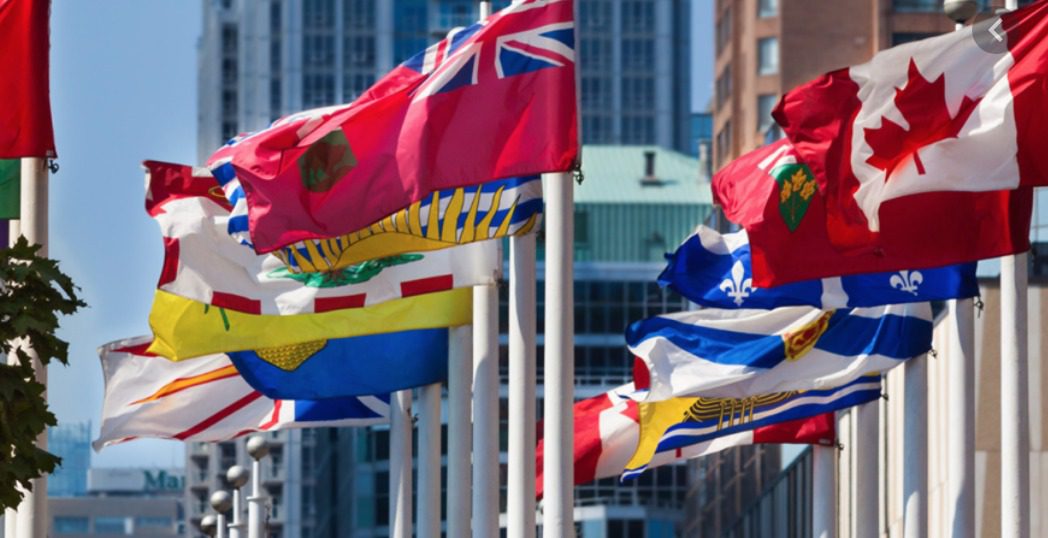Alberta Premier Jason Kenney had a moment of blinding clarity this week as he described the ragtag protestors and malcontents intent on bringing down the province's Covid restrictions.
"It is increasingly clear that many involved in these protests are unhinged conspiracy theorists," tweeted Kenney.
Protests over the police shuttering of Grace Life Church west of Edmonton turned ugly on Sunday with hundreds of people gathering outside the church. Some tore down part of the fence erected by the RCMP.
Some shouted racist insults at people from the Enoch First Nation which borders church property. The Enoch chief's car was vandalized.
On Monday more than 700 protestors showed up at the legislature ranting about the unfairness of masks, the dangers of vaccines and the general affront to civil liberties of business restrictions.
Kenney huffed on social media that freedom of speech is one thing, but threats, vandalism and intimidation are something else altogether.
He particularly condemned a chant of "lock her up" when Chief Medical Officer of Health Deena Hinshaw's name was mentioned during Monday's rally.
Kenney shouldn't be shocked by the nasty turn of events in Alberta. The alt-right fringe was already in the province. These are the folks who agitated around the edges of the yellow vest movement.
Back in 2018, carbon tax, pipeline failures and perceived unfairness to the west were the targets of dissent. But fuelled by the antics of Trump supporters in the U.S., more extreme agitators tinged legitimate protest with the taint of racism, anti-immigration, and bizarre right wing conspiracies.
The "lock her up" chant is the tip-off Alberta's own Trumpers are back at it, just hitching a ride on the Covid bandwagon.
Alberta was already deeply polarized politically, and Kenney himself played off that polarization during the last provincial election. His policies have leaned to the right, loosening regulations and red tape, cutting public sector jobs and slashing budgets, edging into privatization of some health care functions.
The current public health crisis simply doesn't play into those scenarios and it's plain that frustrates the premier. It's pretty tough to undercut the public sector when nurses and hospitals are so crucial.
His goal to open up the economy and unleash the business sector has been set aside.
Little wonder those who supported him in the last election are now set adrift, confused by a premier talking about responsible restrictions, lockdowns and limits.
As Kenney tries to reinvent himself as a prudent middle-of-the-road leader to meet the demands of the current crisis, his right wing base feels increasingly abandoned.
A recent poll shows most Albertans are unhappy with the way the premier has handled the pandemic. About half of those disgruntled voters think the UCP policies haven't been tough enough to affect the trajectory of the virus. The other half think the measures have been too tough and are killing small businesses.
The UCP government is perceived to be the enemy by fringe elements, who argue Kenney is bent on imposing masks and vaccines, closing churches and taking away liberties.
Alberta is becoming the epicentre in the west for protesters unhappy about the current state of affairs. Ontario MP Derek Sloan, turfed by the federal Conservatives for his right wing views, has turned up in the province. And libertarian Maxime Bernier is in the west calling for an end to lockdowns and dubbing the protests an 'ideological revolution'.
Kenney and Hinshaw are fond of saying the race is on between the rise of variant forms of Covid and the province's vaccination efforts.
But there is also a conflict developing as extremists feel empowered to spread conspiracy theories about whether the pandemic is real, the safety of vaccines and the true intent of government restrictions.
The only scenario that will calm the latest eruption of conspiracy thinking is one which ends the pandemic as quickly as possible and sends the trolls back into hiding.
Photo Credit: CTV News










